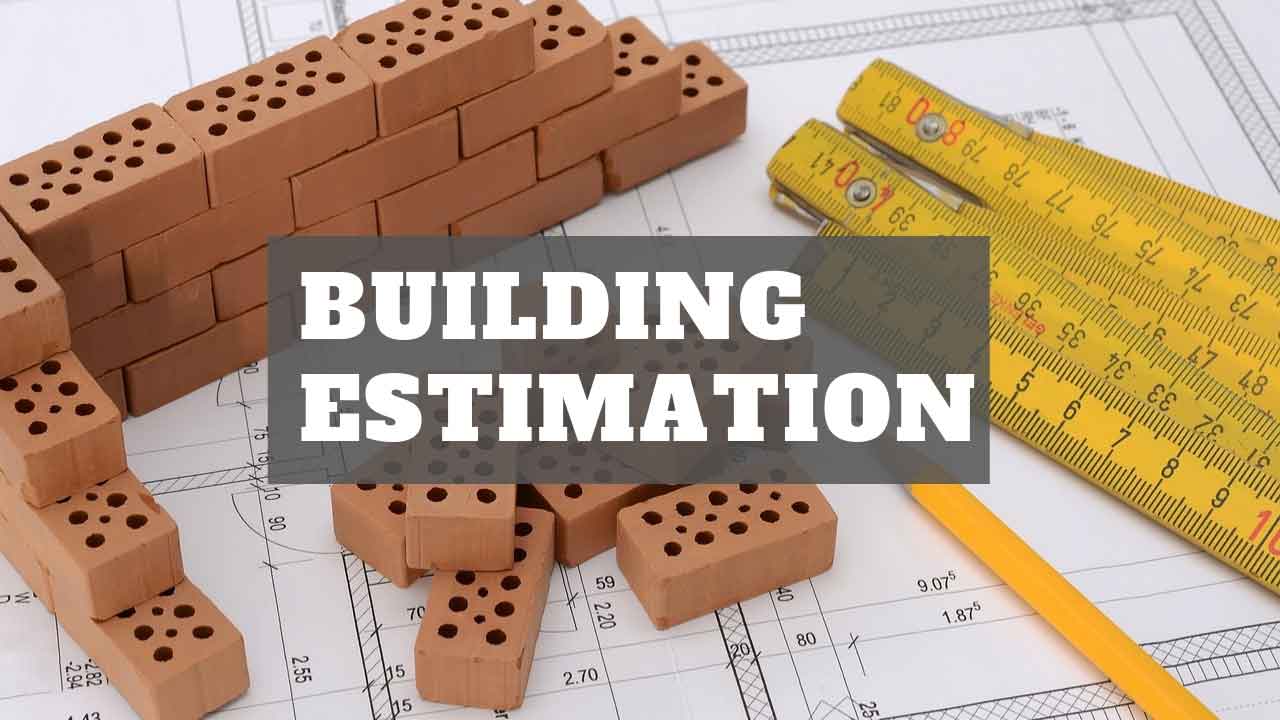Building your dream home or tackling a renovation project is an exciting time. But between permits, contractors, and endless design decisions, there’s one crucial element that can easily send your budget spiraling out of control: materials.
Knowing exactly how much lumber, nails, drywall, or that fancy mosaic tile you need is key to keeping your project affordable. It saves you from spending a fortune on extras, cuts down on leftover mountains of stuff, and keeps things running smoothly. So, how do you conquer this material estimation beast? Here’s a breakdown to empower you with the knowledge you need:
Gather Your Plans and Inspiration
First things first, you need a clear vision of your project. Detailed blueprints are ideal, but even a well-sketched floor plan with dimensions will do wonders. Magazines, websites, and Pinterest boards are fantastic resources for gathering inspiration.
For professional insights and project guidance, you might find it helpful to check out websites like https://bradley.build/ and other construction service providers. Once you have a visual plan, you can start breaking it down into its material components.
Break Down Your Project by Area
Think of your project as a giant puzzle. Each room, section, or specific feature requires its own set of materials. Here’s how to tackle each area:
Flooring
Measure the square footage of each room. Consider the type of flooring for each area – tile, hardwood, carpet – and research their average cost per square foot.
Walls
Square footage is your friend again! Multiply wall height by length to find the total wall area. Factor in windows and doors for a more precise calculation. Research the cost per square foot of your chosen wall material, whether it’s drywall, paneling, or brick.
Ceilings
Similar to walls, calculate the square footage of each ceiling. Consider flat drywall, vaulted ceilings with exposed beams, or decorative elements that might require additional materials.
Framing
This is where your blueprints come in handy. Framing materials like lumber can be estimated based on the length and complexity of walls, beams, and roof trusses. Consult a contractor or lumberyard for assistance with this step if needed.
Breaking down your project into areas helps you manage materials and costs more effectively. Measure and calculate the square footage for flooring, walls, ceilings, and framing to estimate your materials and expenses accurately.
Master the Art of Unit Pricing
Beyond square footage, many construction materials are priced by the unit. Think doors, windows, cabinets, light fixtures, and plumbing hardware. Carefully count how many of each item you’ll need for your project. Research average unit costs online or visit local suppliers for quotes. Don’t forget to factor in essential but easily overlooked items like nails, screws, and caulking.
Factor in Waste
Building is rarely a perfectly precise operation. During construction, there’s always a chance of miscuts, damaged pieces during delivery, or even needing to make minor adjustments to your plans.
To account for this inevitable material waste, add a buffer of 10-15% to your calculations. This ensures you have enough materials on hand to complete the project without delays caused by running out of supplies.
Think of it as a kind of insurance policy for your project’s flow. A little extra material is much cheaper than the time and hassle of placing a reorder and waiting for it to arrive.
Get Competitive Bids
Once you have a comprehensive material list, don’t be afraid to shop around! Getting quotes from multiple suppliers for lumber, fixtures, and other key materials can reveal significant price variations and help you secure the best deals. Here’s how to make the most of this step:
Reach Out To Local Suppliers
Building materials can be purchased from big box stores, lumberyards, specialty shops, and even online retailers. Contact a few vendors in each category to get a well-rounded picture of pricing in your area.
Be Specific In Your Inquiries
When requesting quotes, provide suppliers with a detailed list of the materials you need, including quantities, sizes, and specifications. The more specific you are, the more accurate the quotes you’ll receive.
Don’t Be Afraid To Negotiate
Negotiation is a common practice in the construction industry. Once you have quotes in hand, compare pricing, and don’t hesitate to politely negotiate with suppliers, especially if you’re placing a large order.
Consider Bundled Discounts
Some suppliers may offer discounts for purchasing multiple items or complete material packages for specific project phases. Inquire about these options to see if they can further reduce your overall material costs.
By shopping around and comparing quotes, you can uncover significant price variations and save on your construction costs.
Opt for Alternatives
There’s almost always a cost-effective alternative to your dream materials. Explore options like engineered wood instead of solid hardwood for flooring or laminate countertops that mimic the look of granite. Remember, being cost-effective doesn’t have to mean sacrificing quality.
Conclusion
A well-defined plan and meticulous materials estimates are the cornerstones of a successful and budget-friendly construction project. By taking the time to gather information, perform accurate calculations, and factor in additional considerations, it’s never impossible to build your dream space without breaking the bank.

